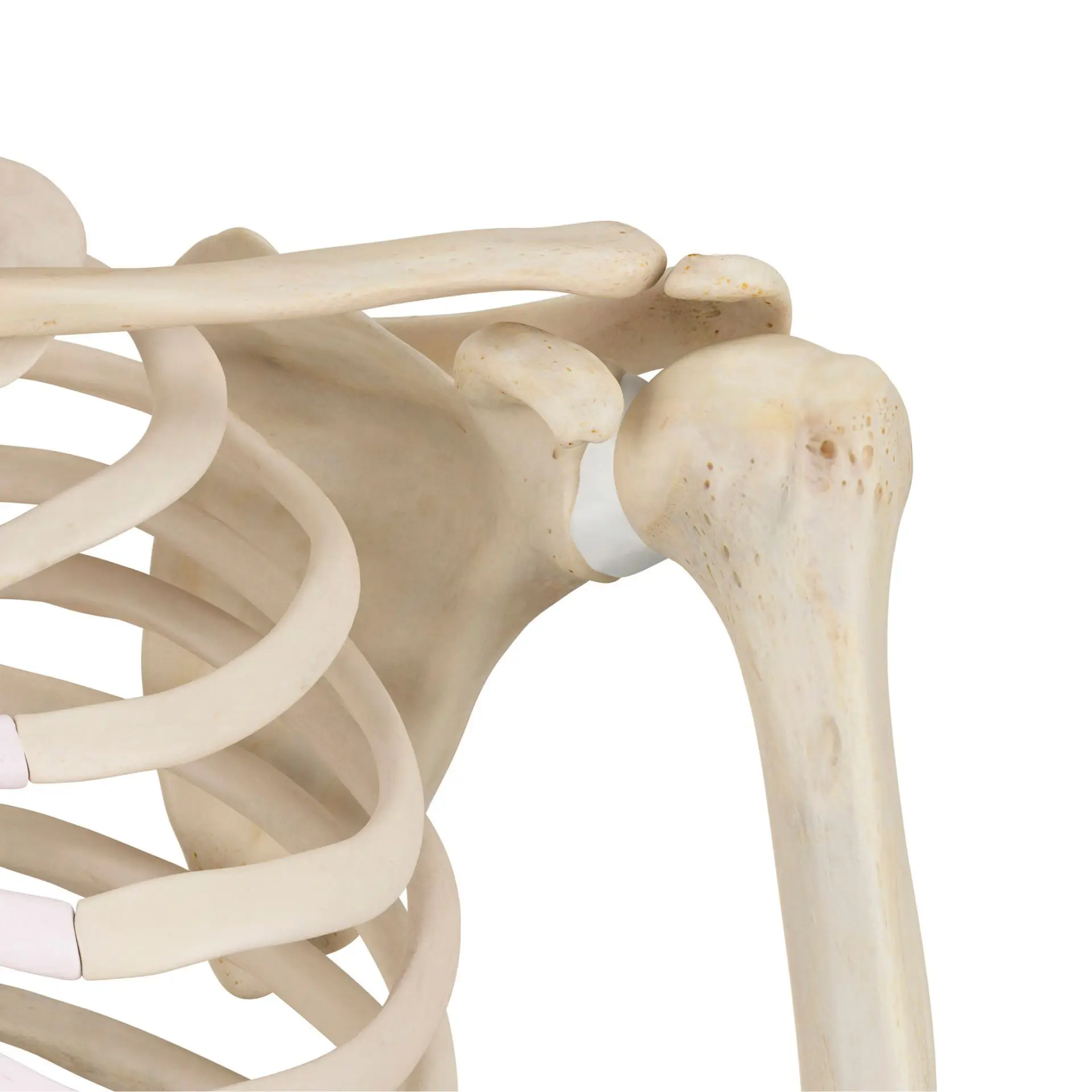
Magnesium: The mineral's effects on your body
What will you learn in this guide?
- Effect of the mineral on the body
- Magnesium for the bones
- Magnesium and the human energy balance
- Magnesium and the cardiovascular system
- Magnesium and sleep
- Magnesium and diabetes
- The magnesium deficiency
- Symptoms of magnesium deficiency
- Balanced magnesium intake with food supplements
1. Effect of the mineral on the body

2. Magnesium for the bones
3. Magnesium and the human energy balance
4. Magnesium and the cardiovascular system
Magnesium also plays an important role in our cardiovascular system. According to the Society for Magnesium Research, a magnesium deficiency can be a factor in the development of cardiac arrhythmias. This is due to an increase in neuromuscular excitability, which can also promote high blood pressure.

5. Magnesium and sleep
6. Magnesium and Diabetes

7. The magnesium deficiency

8. Symptoms of magnesium deficiency
Muscle cramps and muscle tension are probably the symptoms most commonly associated with a magnesium deficiency. Magnesium plays an important role in regulating muscle tension and relaxation. In the body, the mineral is the so-called antagonist (opponent) to calcium. Magnesium itself controls relaxation, whereas calcium supports tension.
For the human body to function optimally, there must be a balance here. If the amount of magnesium in the body is too low, there is often an excess of calcium [21]. Cramps develop in which the muscles contract suddenly and very painfully. Calf cramps in particular, along with muscle tension, are a clear indication of an insufficient magnesium supply. The so-called "eyelid flutter", where the eyelid twitches uncontrollably, and general muscle twitching can also be the consequences of a magnesium deficiency.
Other deficieny symptoms include the following: Restlessness, nervousness, irritability, lack of concentration, fatigue, general feeling of weakness, headaches and even cardiac arrhythmia [22].


